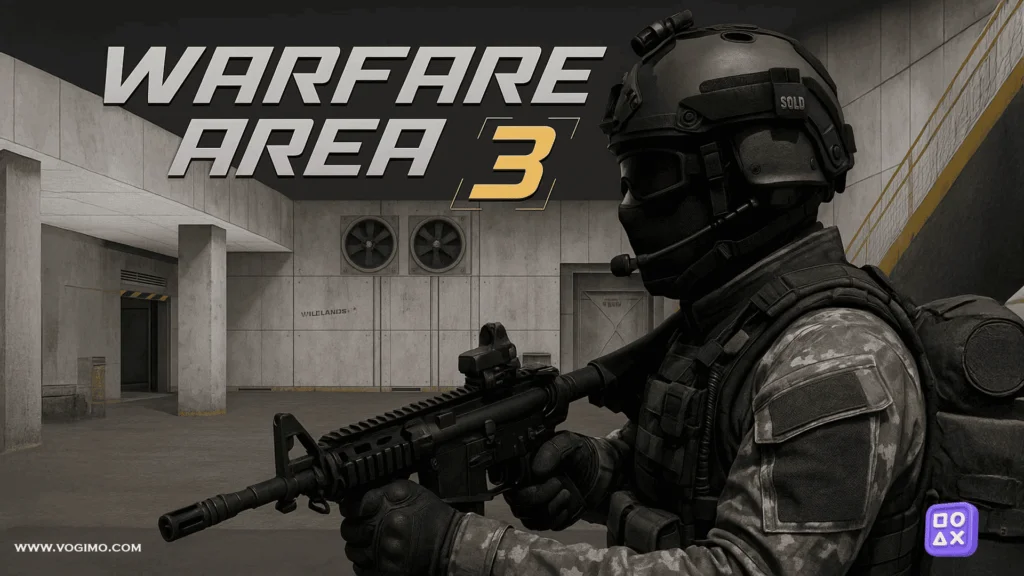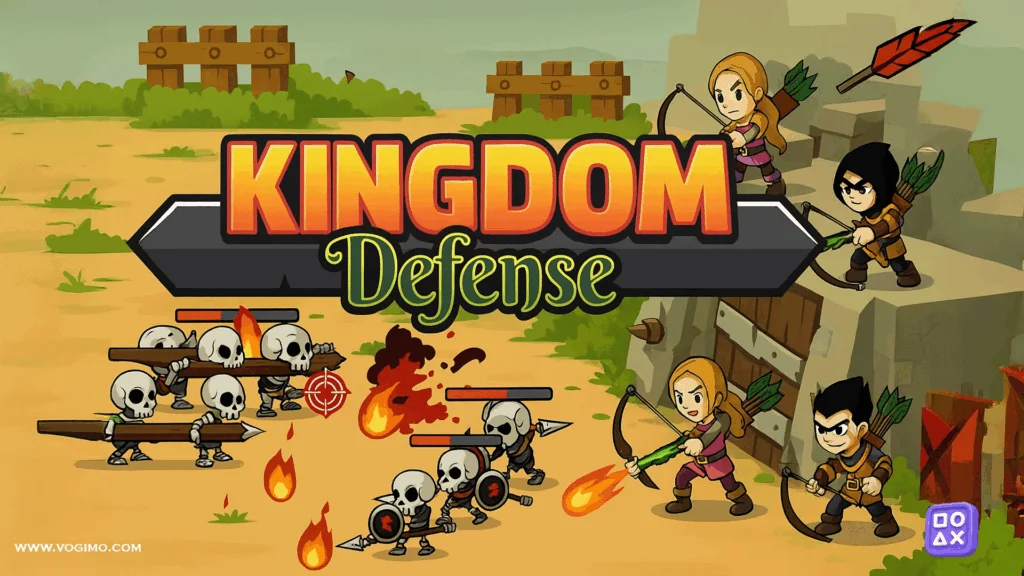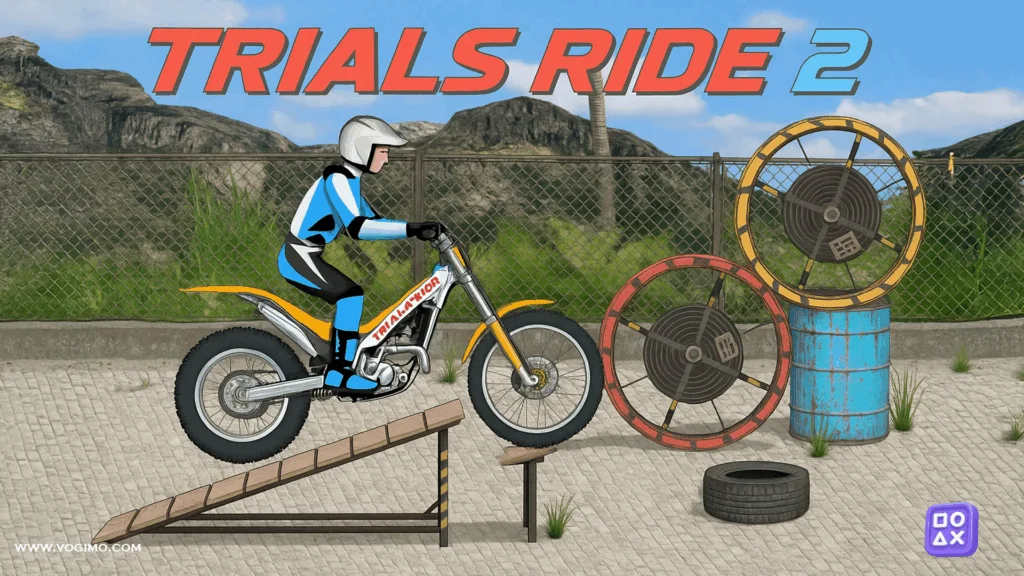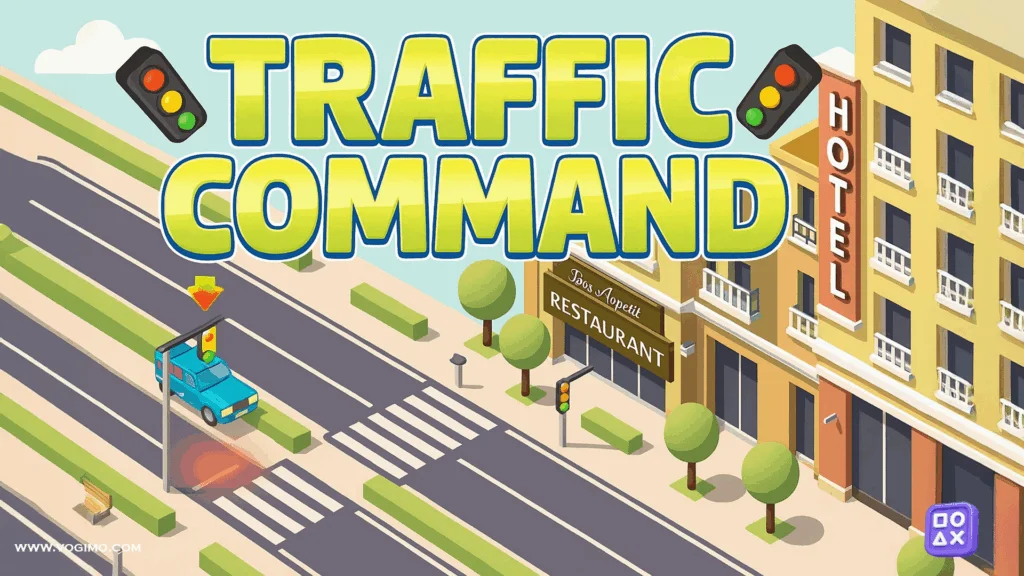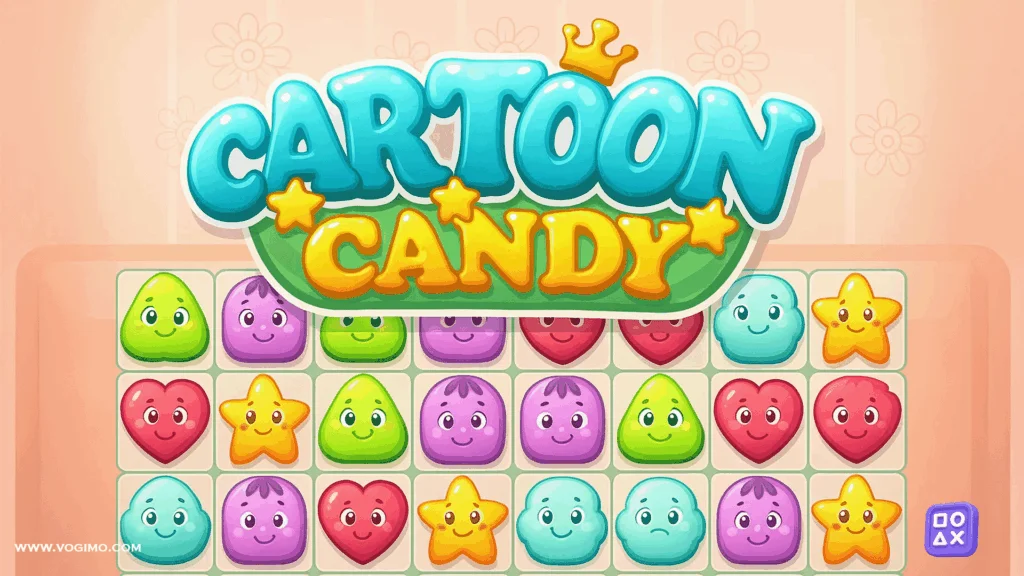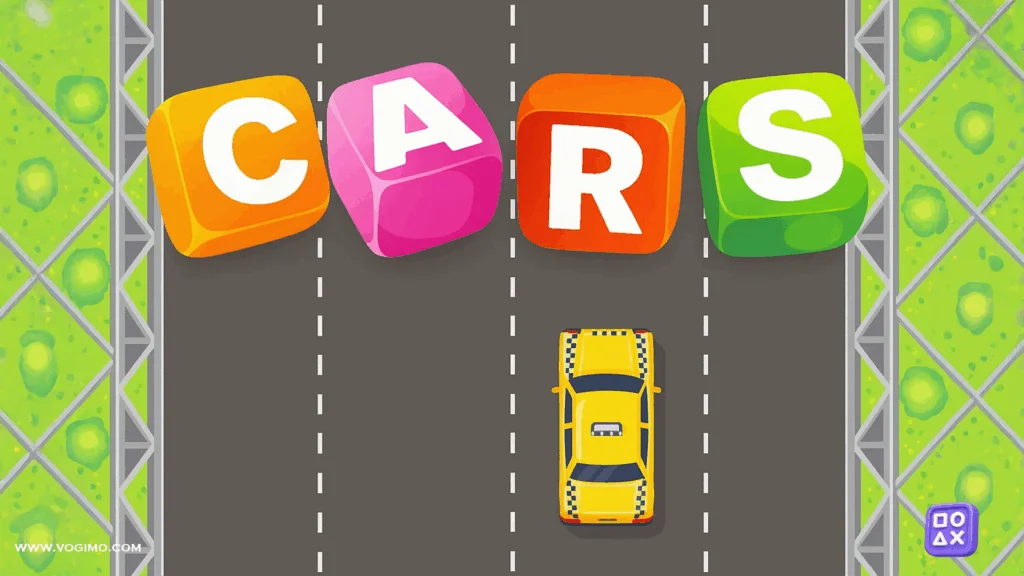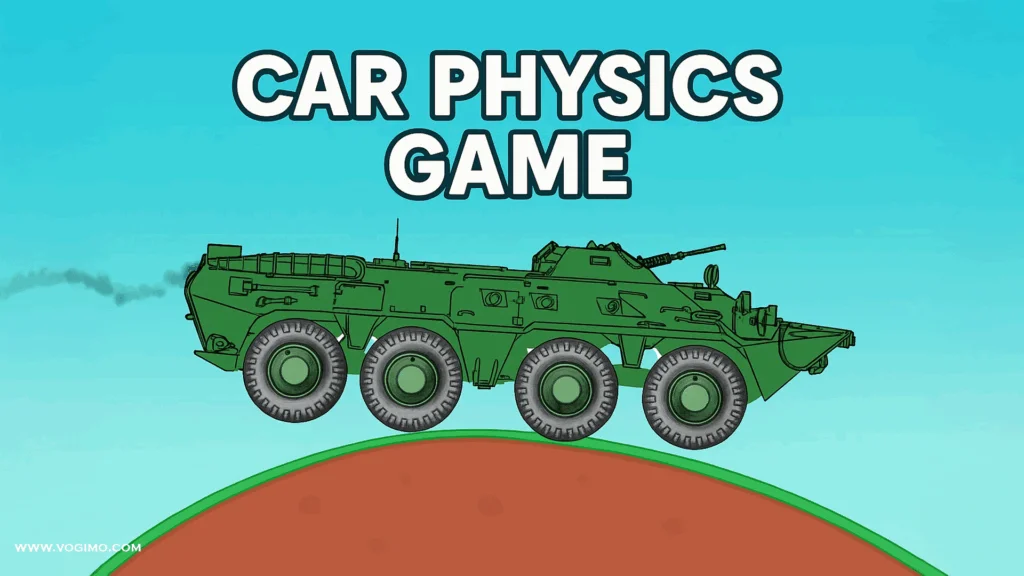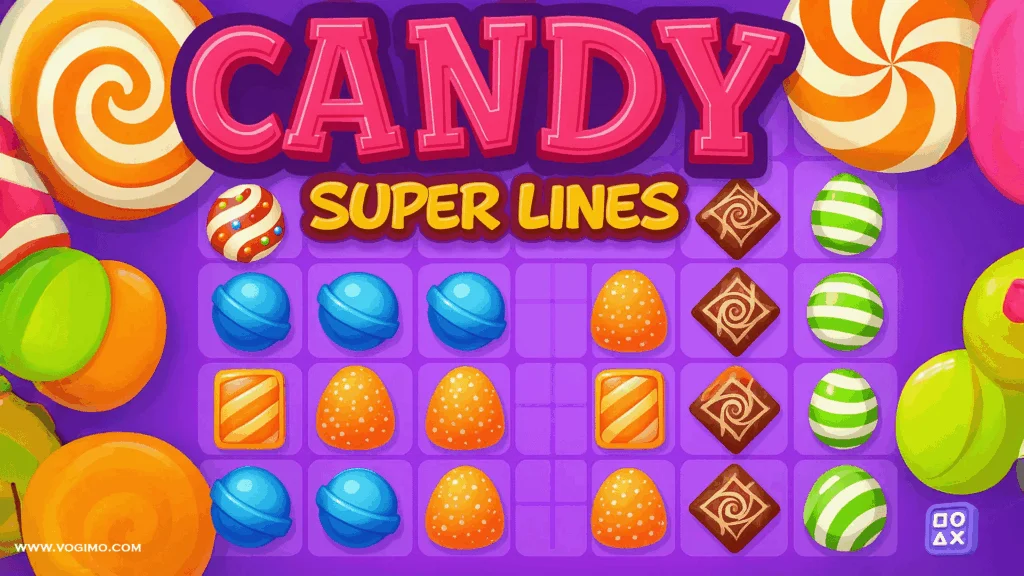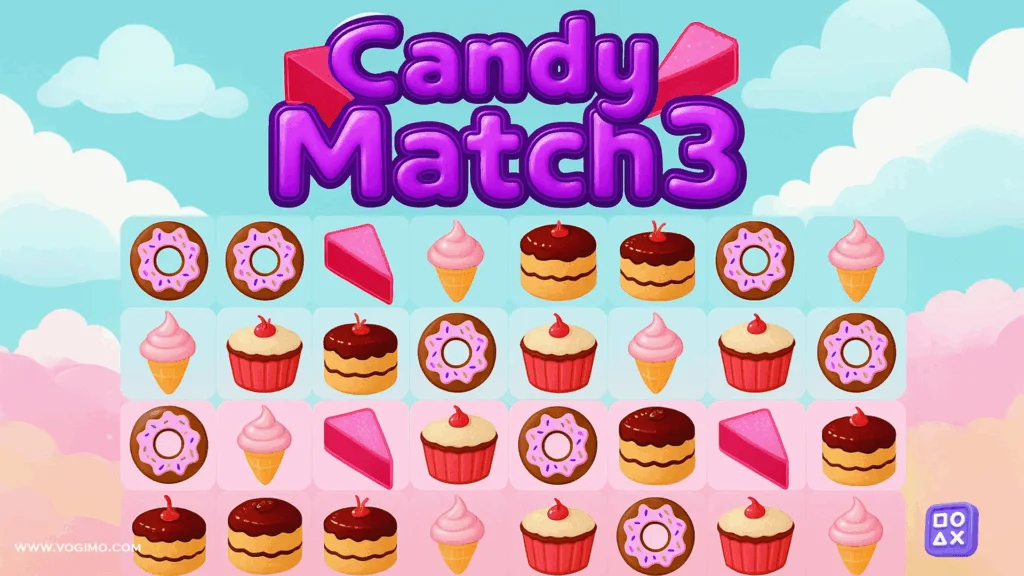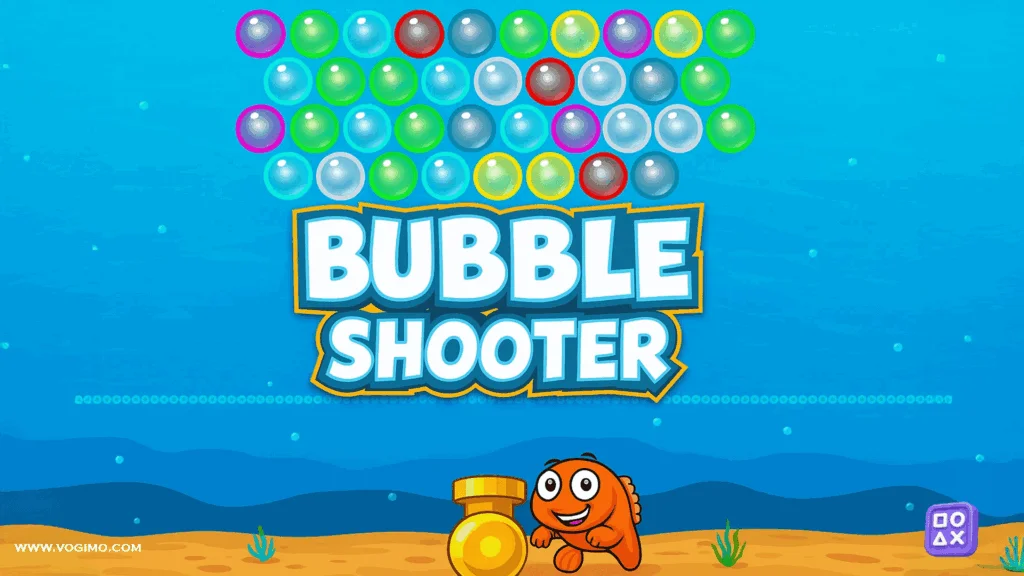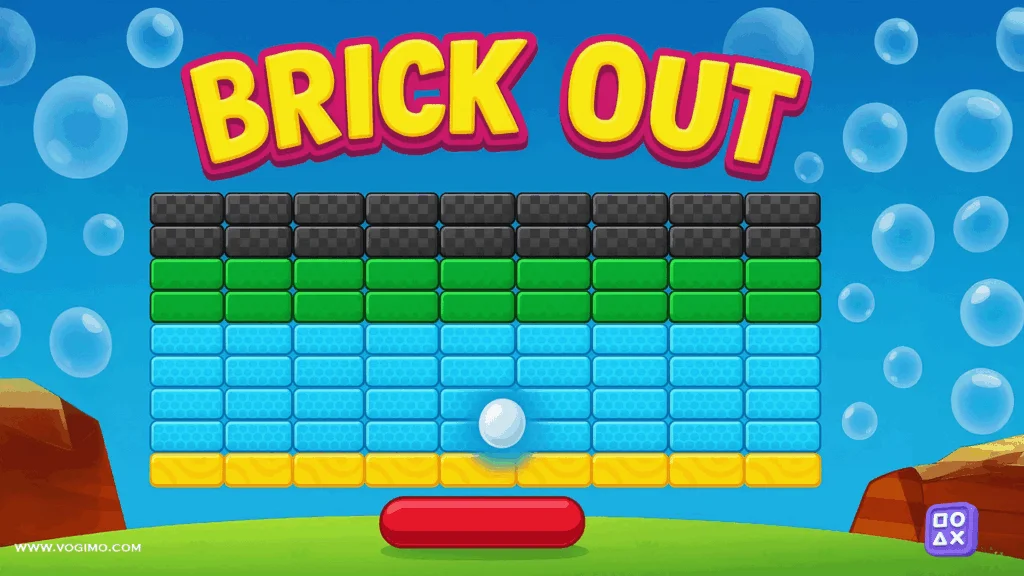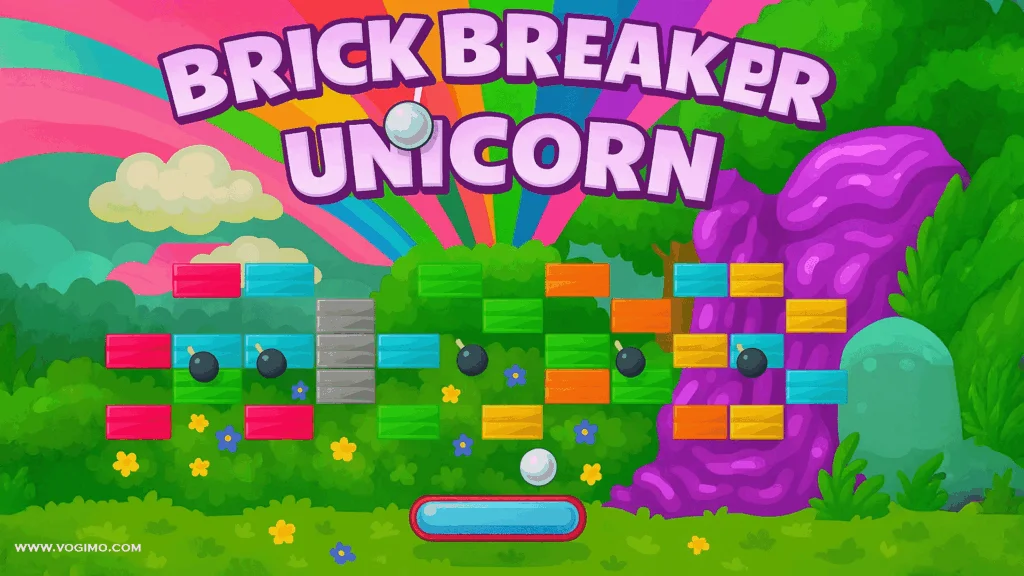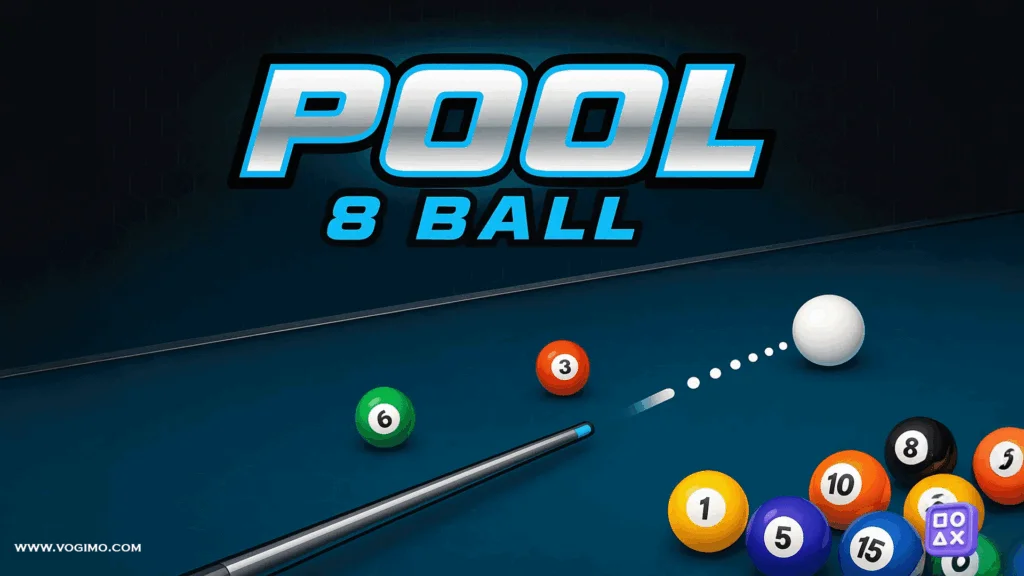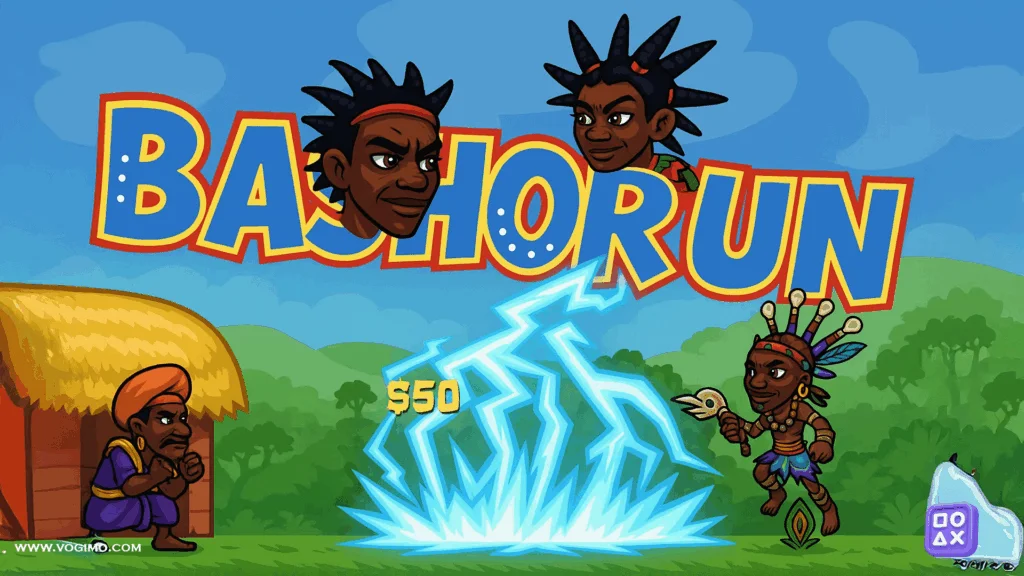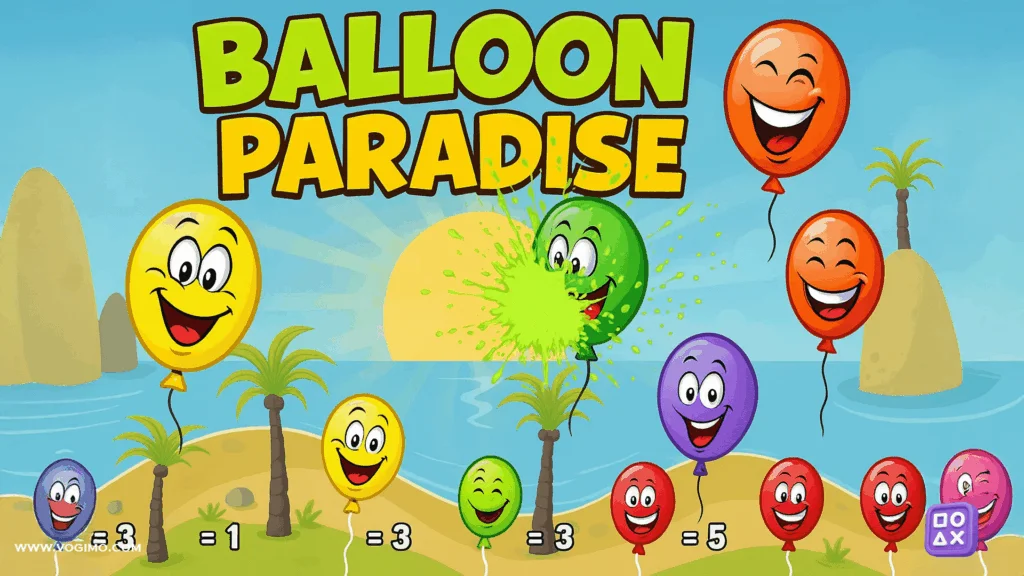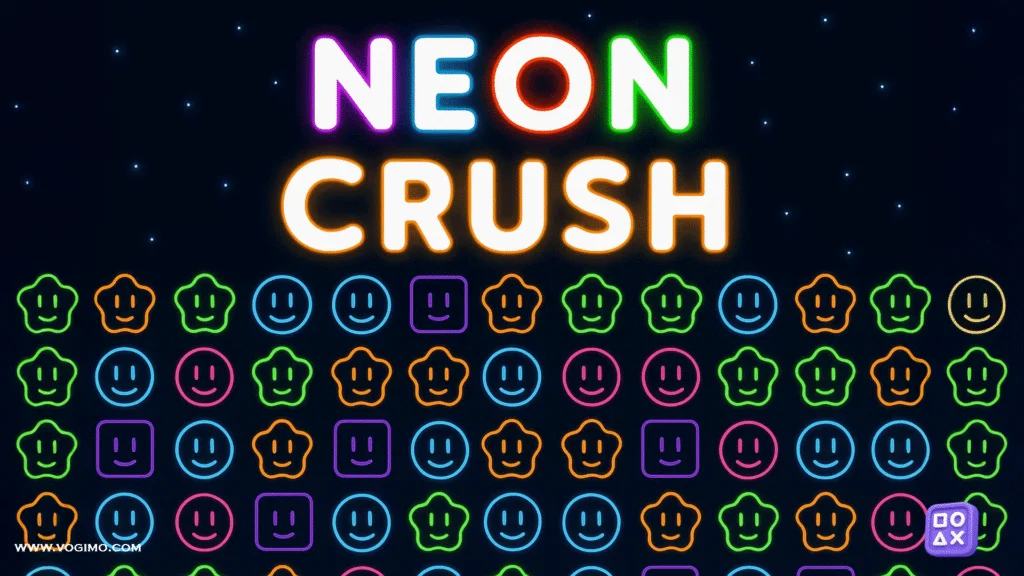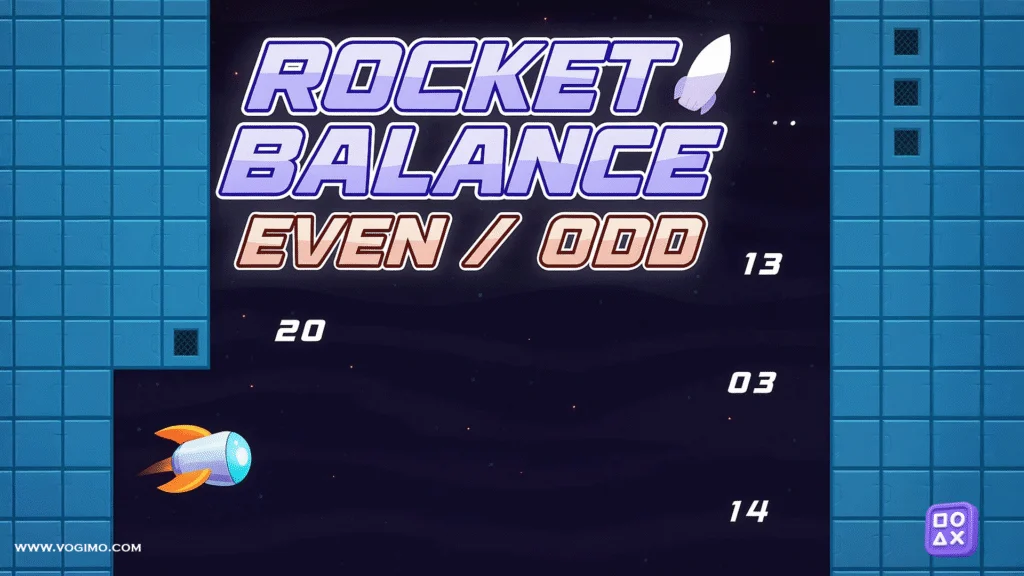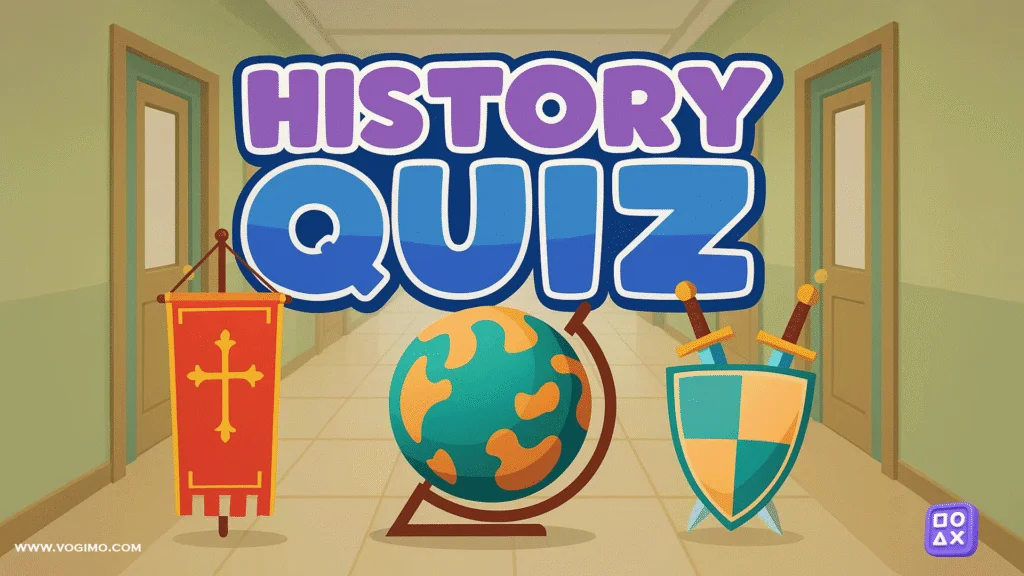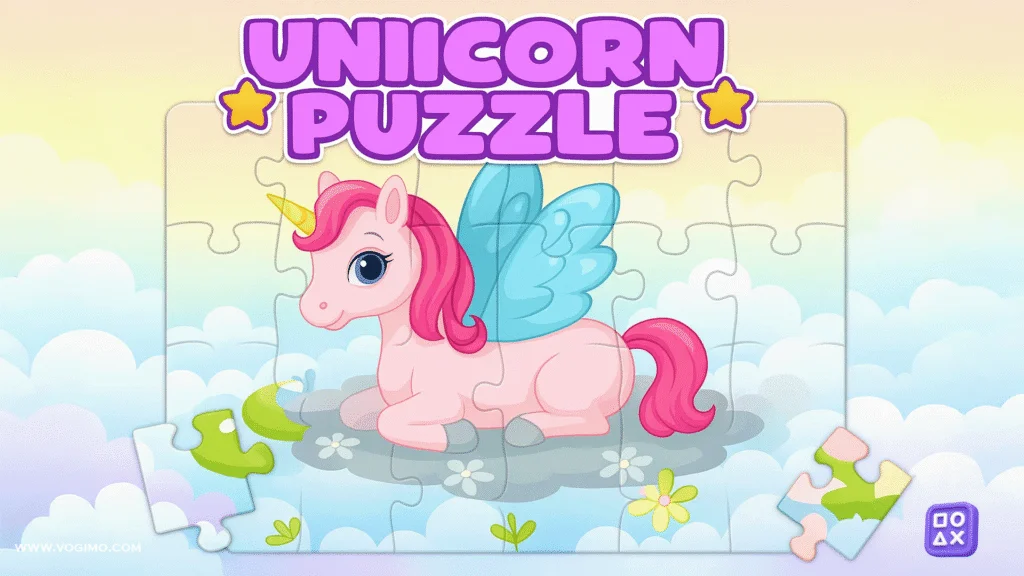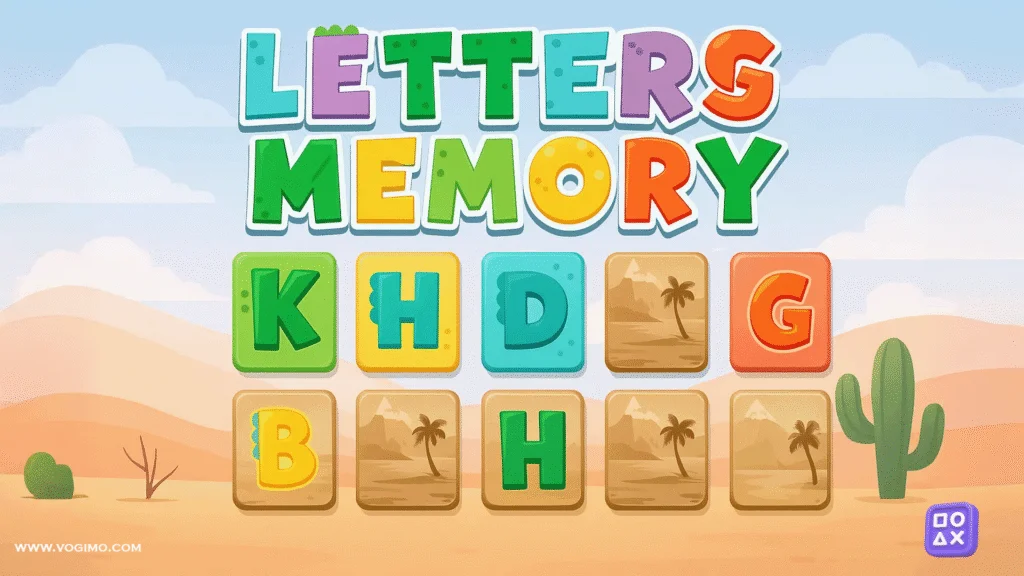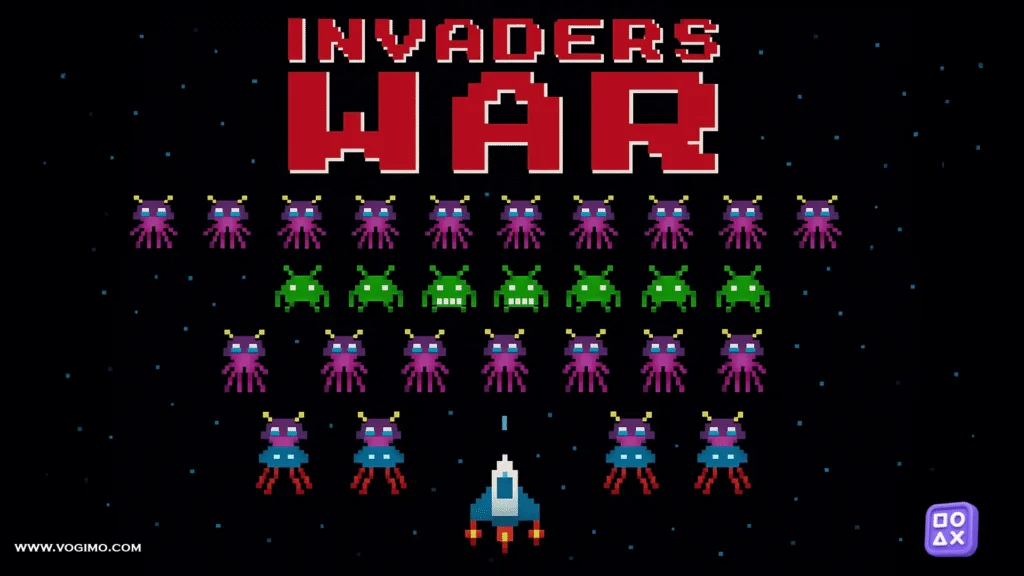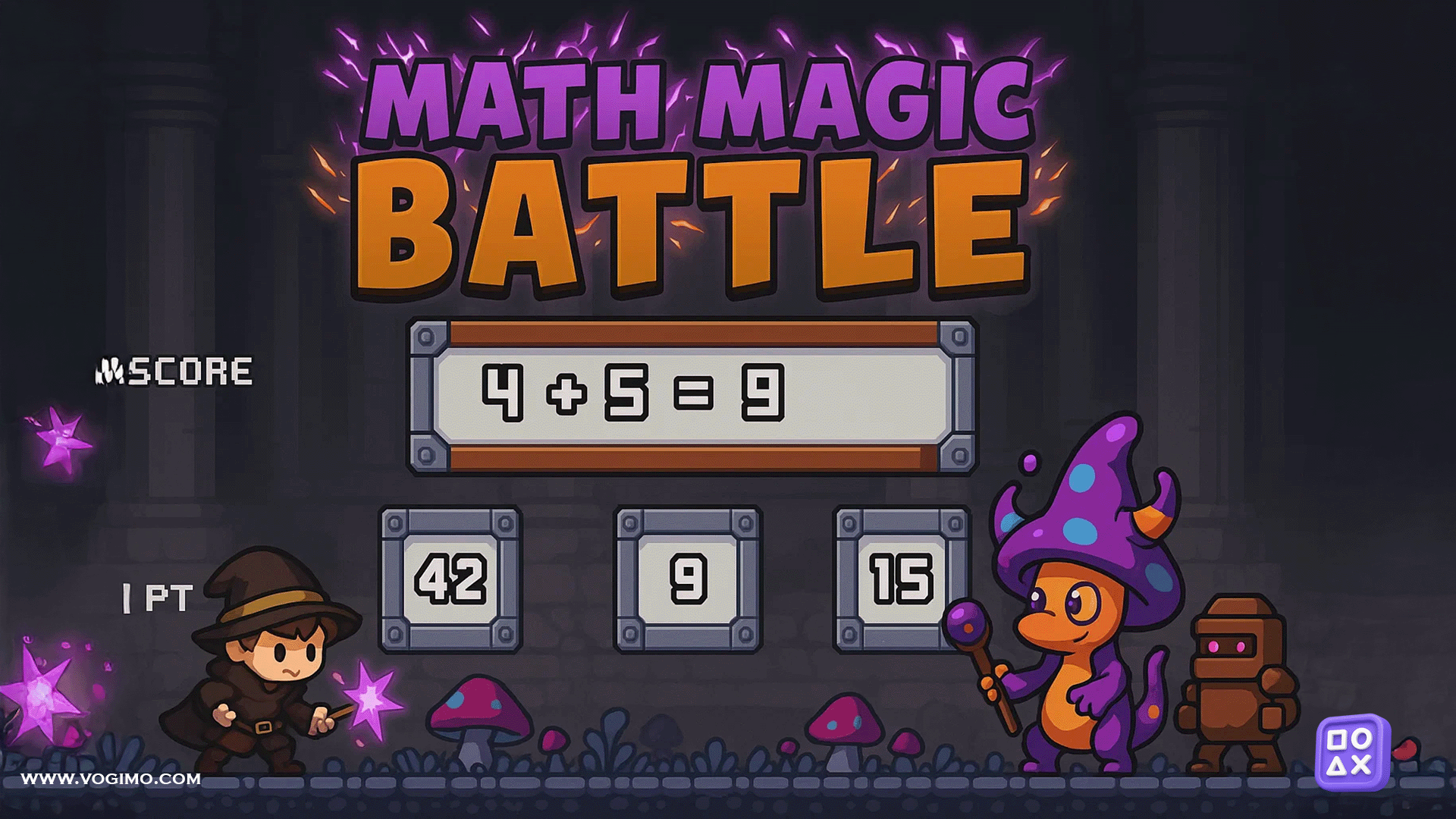Math Magic Battle Game doesn’t try to hide what it is: a quick-fire duel between your brain and the clock. Problems pop up—6 × 7, 45 ÷ 5, 32 − 19, a sneaky 14 + 27 and you snap to the right answer before the timer sighs and moves on. Get it right and your little mage blasts a spell; hesitate and, well, the other side gets bolder. It’s part arcade reflex, part mental warm-up, and strangely calming once you find the rhythm. The pixel art helps: bright colors, clean shapes, and just enough flair to make a good streak feel like fireworks without getting in the way of the math.
Controls
Desktop: Mouse click on the correct answer.
Mobile: Tap the answer button on screen.
There’s no long tutorial, which may be for the best. You learn by doing: glance, compute, commit. The game cycles through all four operations, and the order appears intentionally mixed to keep you from coasting. You might cruise through a run of additions and then trip on a small division because your brain stayed in “plus mode” a hair too long. That wobble is where the fun lives. Sessions are short two to five minutes if you’re chasing a high score so it’s ideal for a bus ride, a study break, or a coffee line that refuses to move.
Quick tips to score high
• Breathe first, then tap: a half-second of calm often beats a rushed guess.
• Lock a mental order: read operation → estimate range → answer. The routine keeps you steady under time pressure.
• Use anchor facts: memorize small tables (e.g., 6 × 7 = 42, 8 × 9 = 72) to save precious beats later.
• Estimate before exact: if choices are 41, 42, 84, 420 and you see 6 × 7, you already know the ballpark.
• Say it out loud (quietly): whispering “thirty-two minus nineteen… thirteen” can nudge focus for some players.
• Pace the streaks: if the tempo spikes, take one slightly slower, correct tap to reset your rhythm.
Common mistakes (and quick fixes)
• Carryover slips in addition/subtraction → Write the tens in your head: “7 + 8 = 15; carry 1.” Counting out loud helps early on.
• Order-of-operations overthinking → It’s single-step here; treat what’s on screen, nothing more.
• Division panic on odd numbers → Check factors first: 45 ÷ 5, 56 ÷ 7, 63 ÷ 9—learn the “friendly” pairs.
• Fat-finger taps on mobile → Move your thumb closer to center and slow the tap by a beat; accuracy beats speed.
• Chasing speed too early → Build a clean streak at moderate pace; the timer pressure eases once your score climbs.
Fast facts
• Genre: Educational arcade—mental math with time pressure
• Skills trained: Addition, subtraction, multiplication, division, focus under a timer
• Session length: 2–5 minutes (longer if you’re hunting personal bests)
• Devices: Desktop (mouse) and mobile (touch)
• Best for: Students warming up, adults who like brain-teasers, anyone who enjoys bite-size challenges
FAQ
Is it only for kids?
Not really. The math is foundational, but the timer creates a satisfying challenge for adults too.
Do wrong answers end the run?
Usually not immediately they cost time or streak momentum. Clean accuracy still wins in the long run.
How can I get better at multiplication quickly?
Drill the 6–9 tables and squares up to 12 × 12. Those cover most “gotcha” moments.
Can I play with friends?
You can compete for high scores locally or take turns sprinting through a set. If your group likes friendly rivalry, keep a weekly board.
Any accessibility tips?
Increase device brightness, switch to fullscreen, and reduce background noise; mental math seems to benefit from fewer distractions.
Inside links for more brain-friendly breaks
• Casual Games
• Shooting Games
• Fast reflex picks if you want a change of pace Arcade Games.
Math Magic Battle Game is simple, on purpose. It nudges you toward that tiny “flow” window where your eyes, hands, and head move together. When it clicks, you stop counting and start answering clean, quick, almost musical. And if a problem stalls you, no shame: exhale, spot the pattern, and take the next one on your terms.




